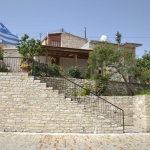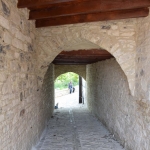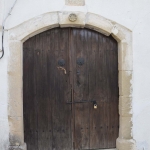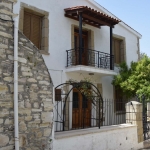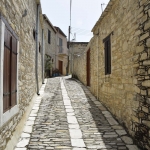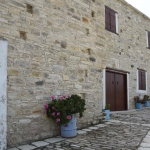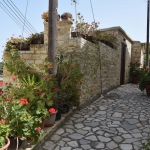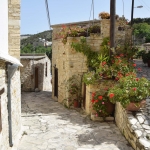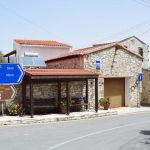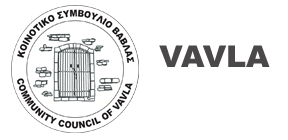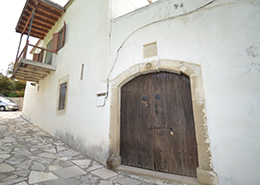
The village of Vavla was built, according to the historian Nearchos Clerides, around 1450 AD.
There are two versions about the name of the village. In one version it is said the name came from Vavyla, a feudal lord of the area including Vavla, Kato Drys and Lefkara. In another version it is said that Vavla got its name from a plant that grew on the banks of the River Nile in Egypt, which was brought in by village residents. The soft wood of this plant was of good quality and used in shipbuilding. The resin of the plant was used as an adhesive of wood for ships. (There is another village in Cyprus called Vavylas, and it is in the Morfou region).
Some men of the village took part in the Balkan Wars in 1912-1913 ( Achilleas Michailidis ) , as well as the First and Second World War.
During the liberation struggle of EOKA the years 1955-1959, a number of Vavla residents were members of the Organization. Other fighters had been through the village. One of the most important, Michalakis Parides, who was a Section Head of EOKA in Larnaca, was hiding in the house of the teacher of the village, Christakis Karagiorgis. Parides was killed by the British in August 1958 at a battle at his hiding place.
By initiative of the EOKA fighters, today the village has a museum exhibiting Parides’ personal belongings. Agricultural tools of the last century, used by farmers in Vavla are also exhibited in the museum.
Location
Geographically, Vavla is located quite centrally, east of Larnaca , northeast of Lemesos and southeast of Nicosia at an altitude of 450 meters. The distances of these three major cities of Cyprus are as follows : 25 minutes from Larnaca , 30 minutes from Limassol and 40 minutes from Nicosia .
The Vavla is a hilly village belong to the ” mesoreinia ” of Larnaca . It is a small village and geologically located on the edge of the geological formation of Lefkara ( limestone ) and volcanic earth of Troodos .
The existence of these geological formations and the microclimate of the area allowed the development of rich vegetation including 3 rare species and 18 endemic plant species .
The location of the village offers an endless view to the areas of Limassol, Larnaca and the Troodos mountains.
The climate is generally mild and suitable for holidays both in the winter and summer.
Residents
Vavla, although located centrally in Cyprus, failed to keep its population and has not attracted new residents. Currently Vavla has around 40 residents and about 70 others who have homes staying mainly on weekends.
50-60 years ago, because of increasing demands for higher education, better jobs and more comfort in daily life, a massive migration to urban centers began, resulting in Vavla now having an aging population, mostly retirees.
Despite the village’s shortcomings however, the Community Council of Vavla is willing and available to help anyone interested to live in the village.
The homes located in the centre of the village, are in perfect harmony with the environment and the residential element. Stone is the main material used in all the buildings of the village centre. The Community Council of Vavla and the Town Planning Authority, encourage both existing and new residents to use the traditional stone for the construction or renovation of their homes, being the main characteristics of the vicinity. Residents are allowed to make choices in the construction of their homes, provided they use the local stone (stone of Lefkara) used traditionally in the area, as the main building material .
